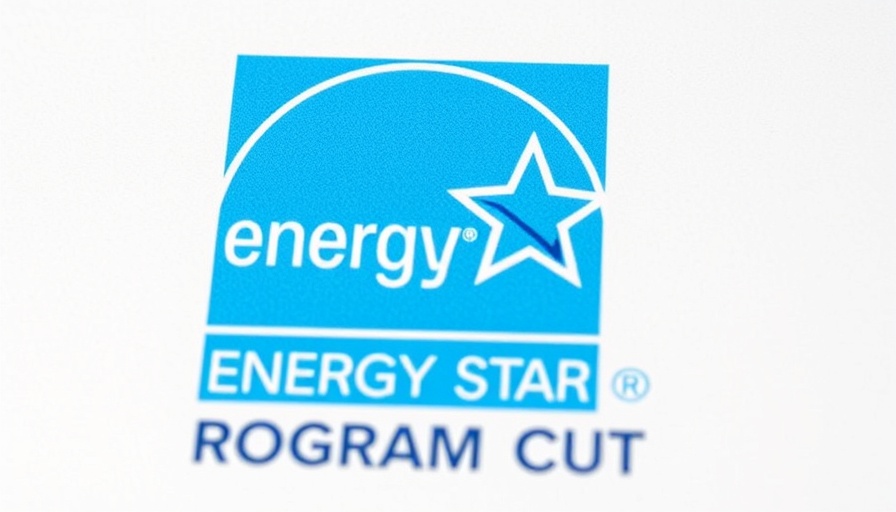
Understanding the Threat to Energy Star
The Energy Star program has established itself as a cornerstone of energy efficiency in American households since 1992. By helping both consumers and businesses save billions annually on utility bills, it offers a tangible benefit to anyone striving to lower their expenses. The potential cuts to this program under the Trump administration raise serious questions about the driving factors behind such cuts. This article explores why the program is under consideration for elimination and what it may mean for everyday Americans.
The Cost-Benefit Analysis of Energy Star
Operating at a modest budget of around $32 million per year, Energy Star generates a staggering $40 billion in savings for consumers each year. This simple math illustrates the program’s importance: a relatively small investment delivers substantial returns. The program not only reduces energy costs but also qualifies households for tax credits of up to $3,200 annually, making energy-efficient upgrades more accessible. Eliminating this initiative could set back progress in both energy conservation and financial relief for countless families.
Ripple Effects on Households
For middle-class homeowners, the advantages of Energy Star are too significant to overlook. With rising utility costs, any increase in bills could strain budgets even further. Maintaining current Energy Star incentives is crucial for everyday households, as they navigate the complexities of energy management. Homeowners might think of the program as akin to replacing outdated appliances: although there's an initial cost, the long-term savings will almost always surpass the upfront expense.
The Broader Implications for Energy Efficiency
The proposed cuts to Energy Star come amid a broader push by the Trump administration to roll back environmental protections. This seems counterintuitive, especially considering that energy-efficient technologies contribute not just to individual savings but also to national energy conservation goals. Without the Energy Star program, innovation in energy-efficient products could stagnate, ultimately leading to higher overall energy consumption. The future of sustainable living could be jeopardized by short-sighted policy decisions.
Community Advocacy: What Can You Do?
While the Energy Star program hasn’t been officially eliminated yet, it’s crucial for consumers to advocate for its preservation. Engaging with local representatives, participating in community discussions, and spreading awareness about the program’s benefits can help influence decisions. If you are a homeowner considering updates to your home, leveraging Energy Star products can save considerable resources over time. Small steps, like contacting your representatives or supporting energy-efficient initiatives, can foster collective community action.
A Call to Action for Homeowners
As homeowners, you are in a unique position to influence public policy while also benefiting from energy efficiency. Take a proactive approach by educating yourself on available Energy Star resources and considering how energy upgrades could fit into your home maintenance plan. Every step towards energy conservation helps make a collective difference, underscoring how individual decisions can ultimately shape larger sociopolitical landscapes. Don’t wait for policy shifts to act—consider making energy-efficient upgrades now and encourage your neighbors to do the same!
 Add Row
Add Row  Add
Add 



 Add Row
Add Row  Add
Add 


Write A Comment